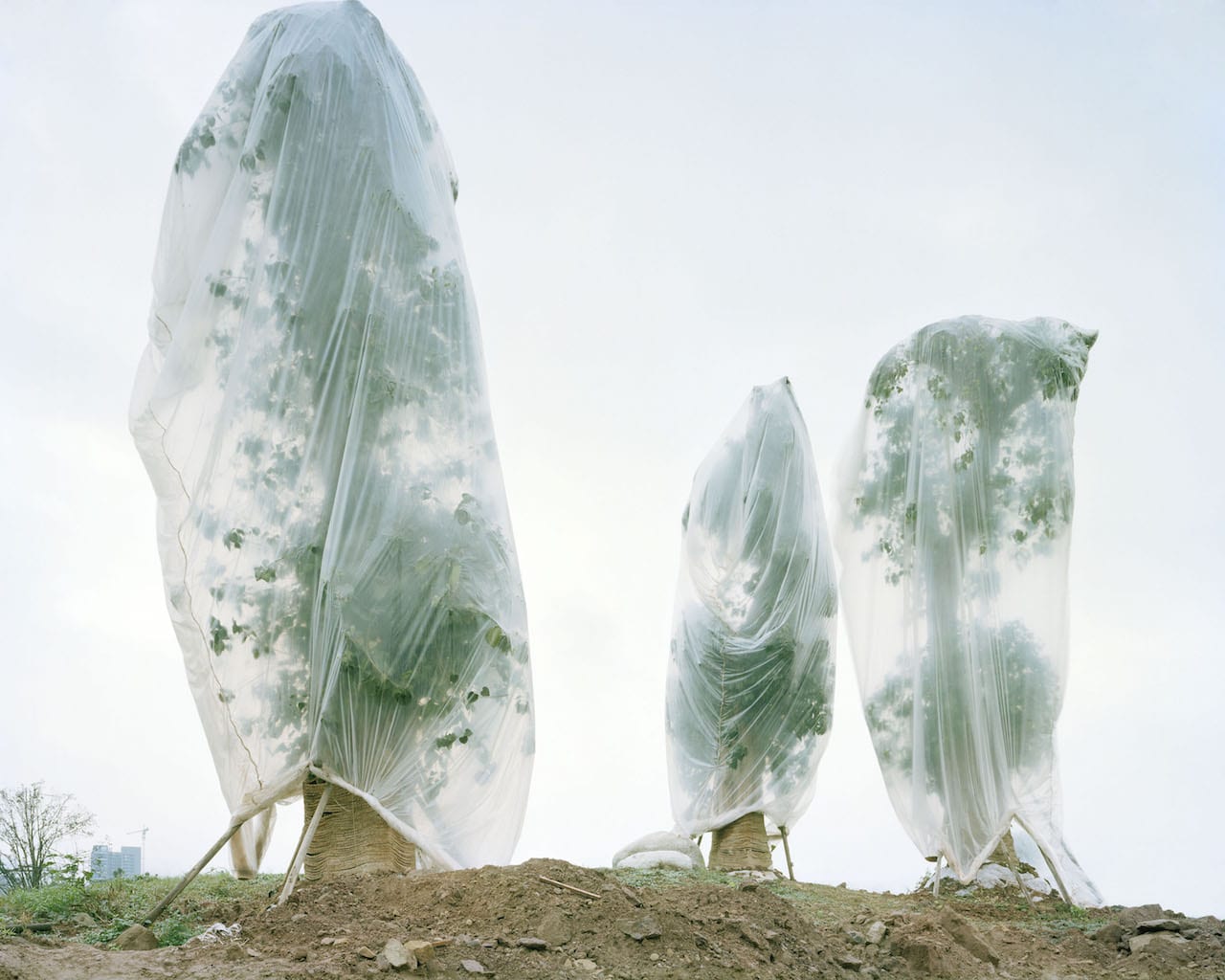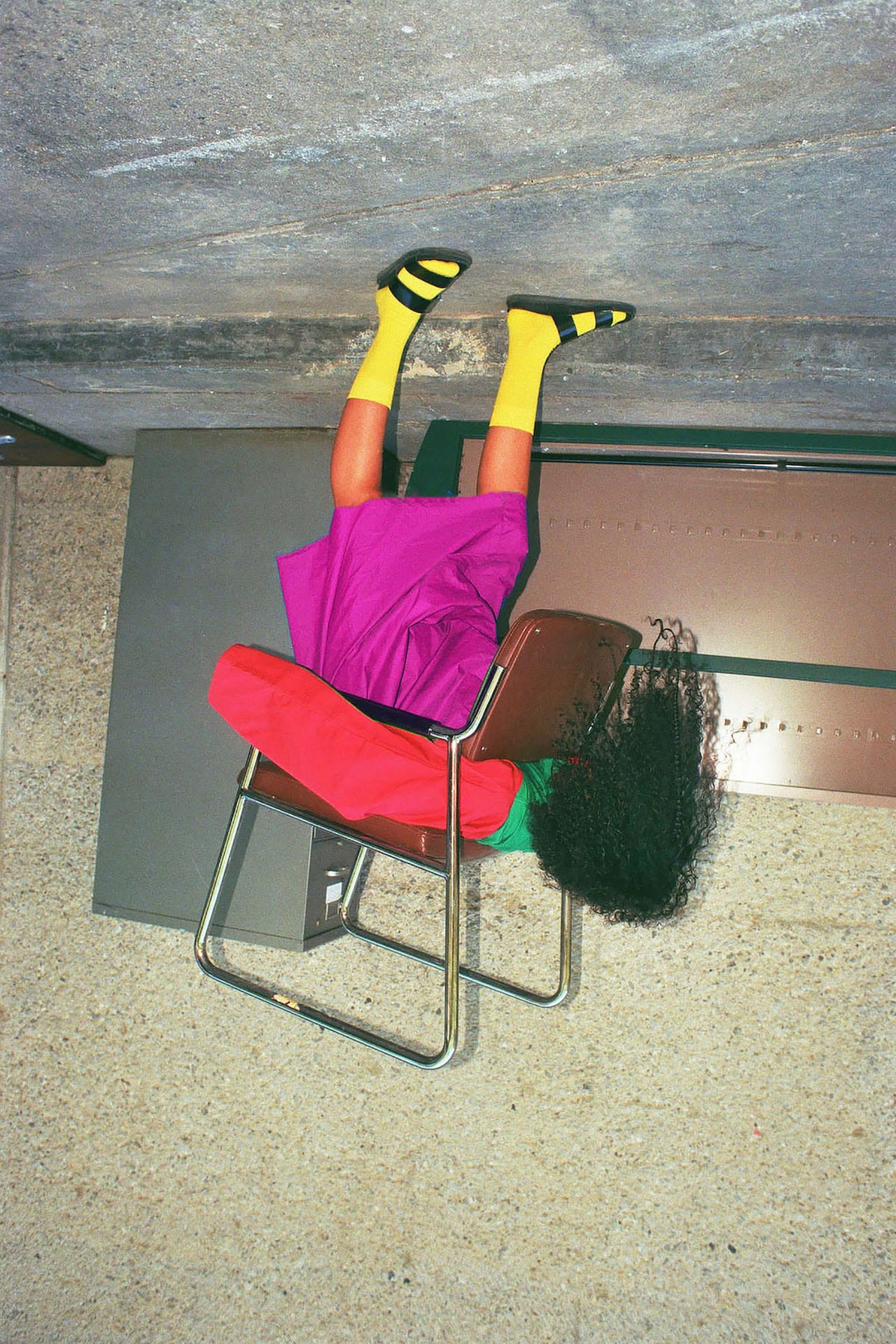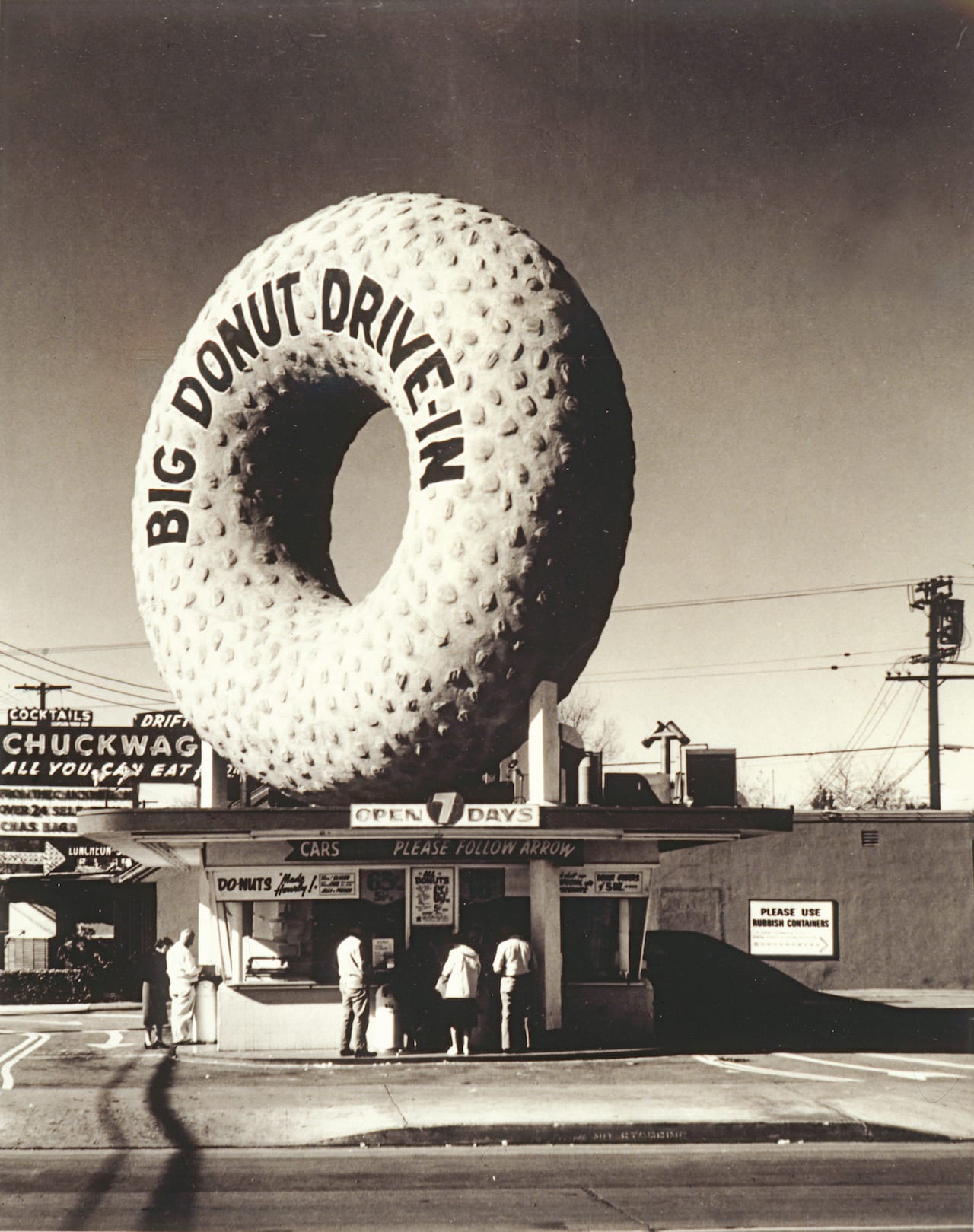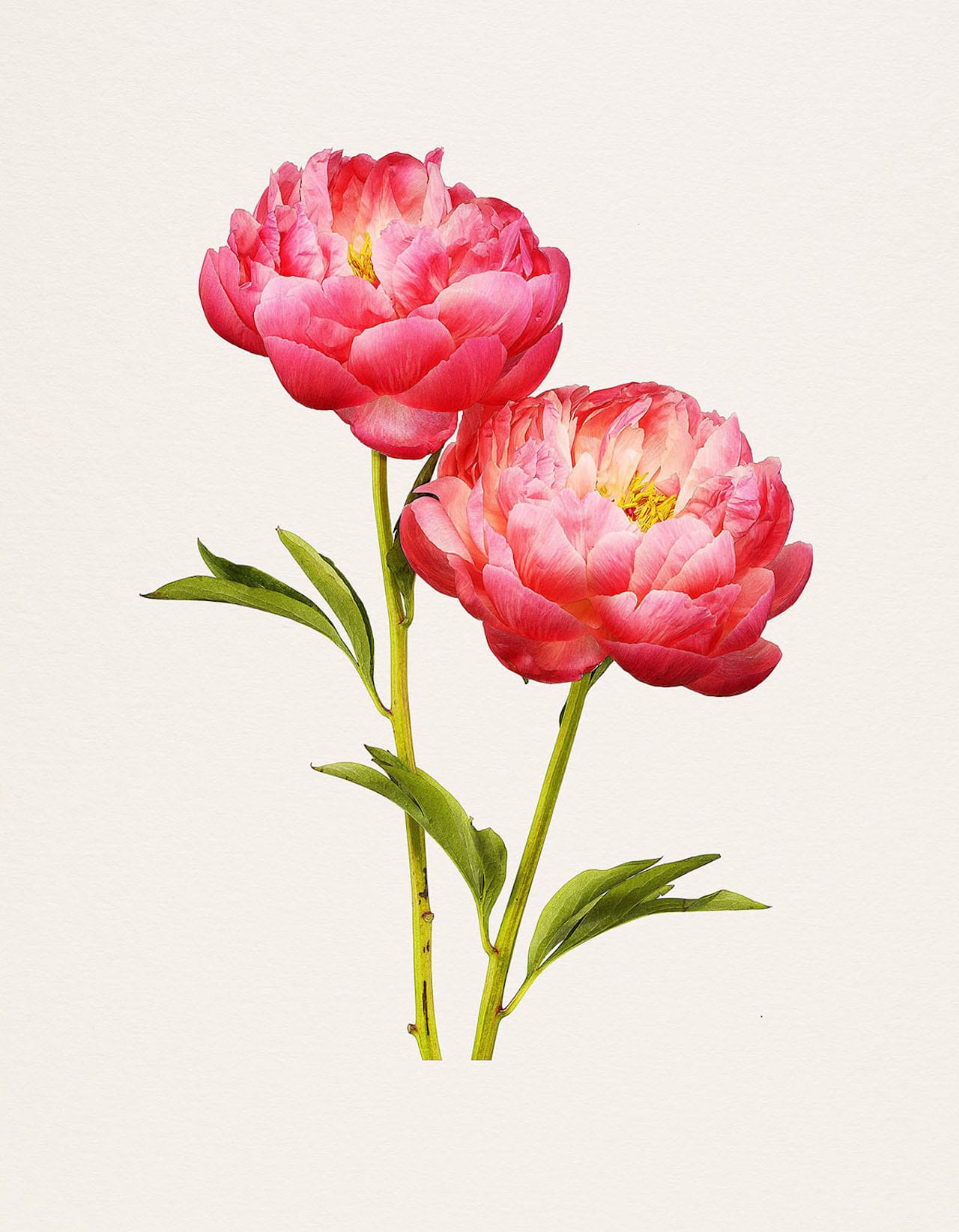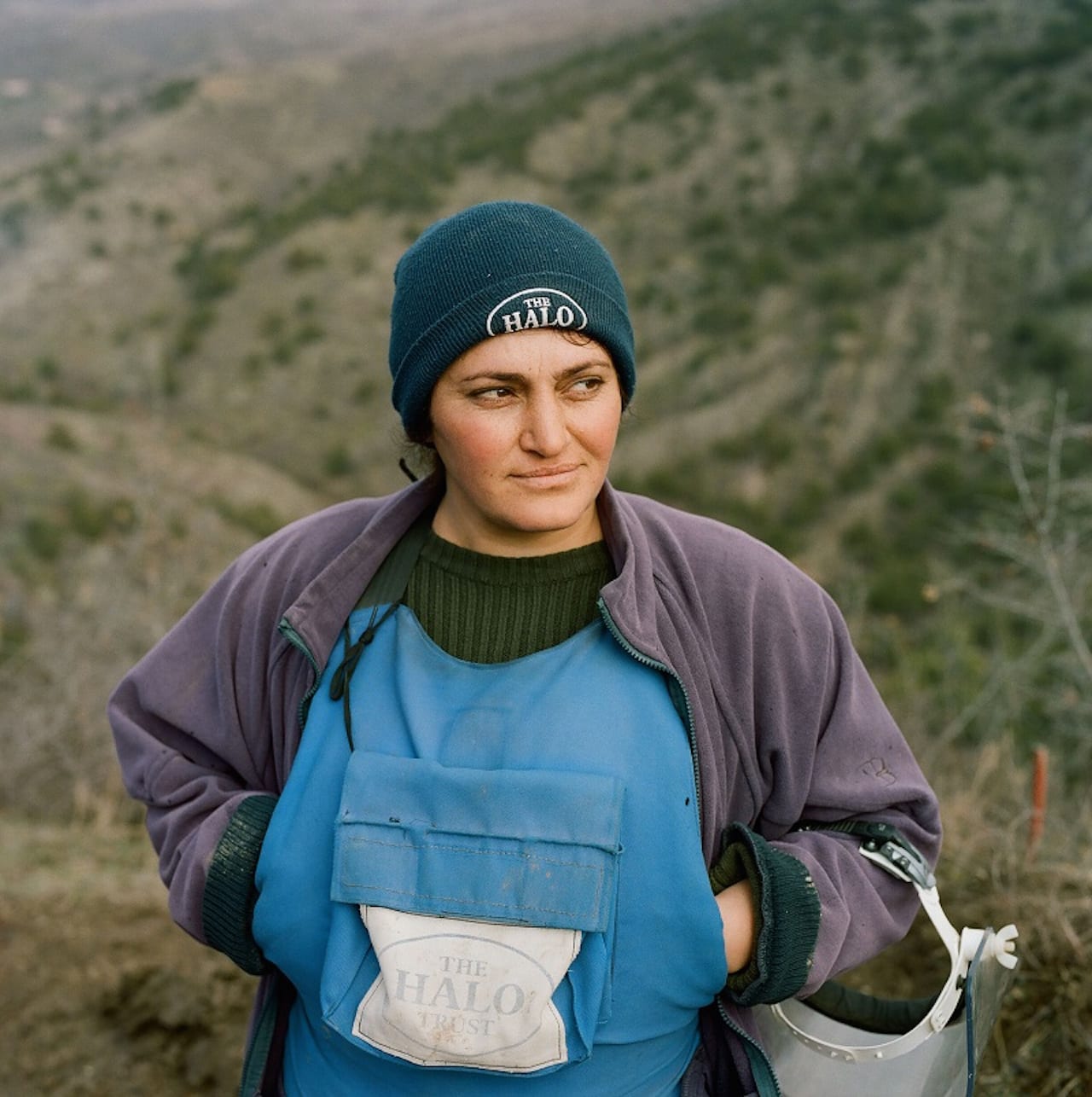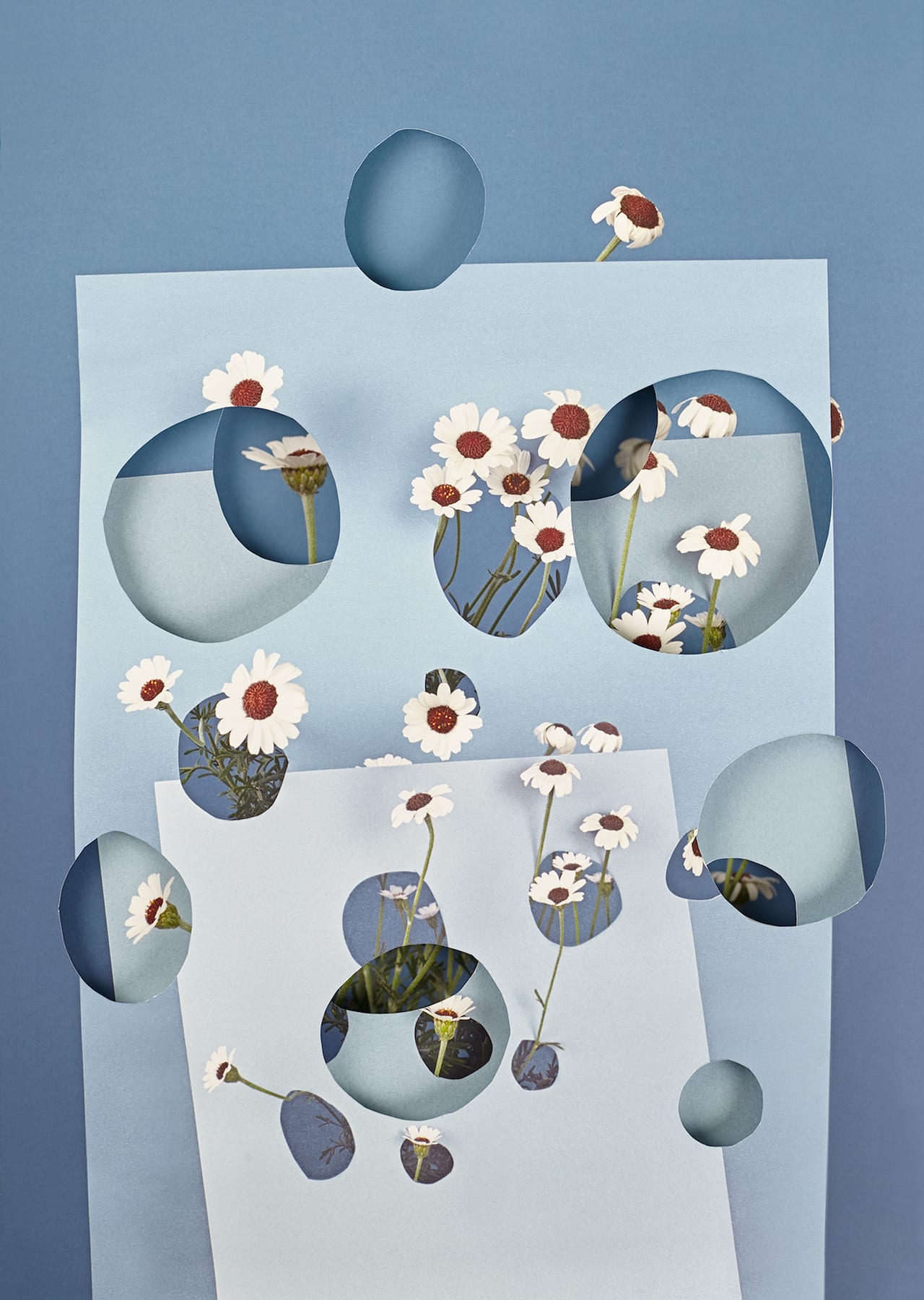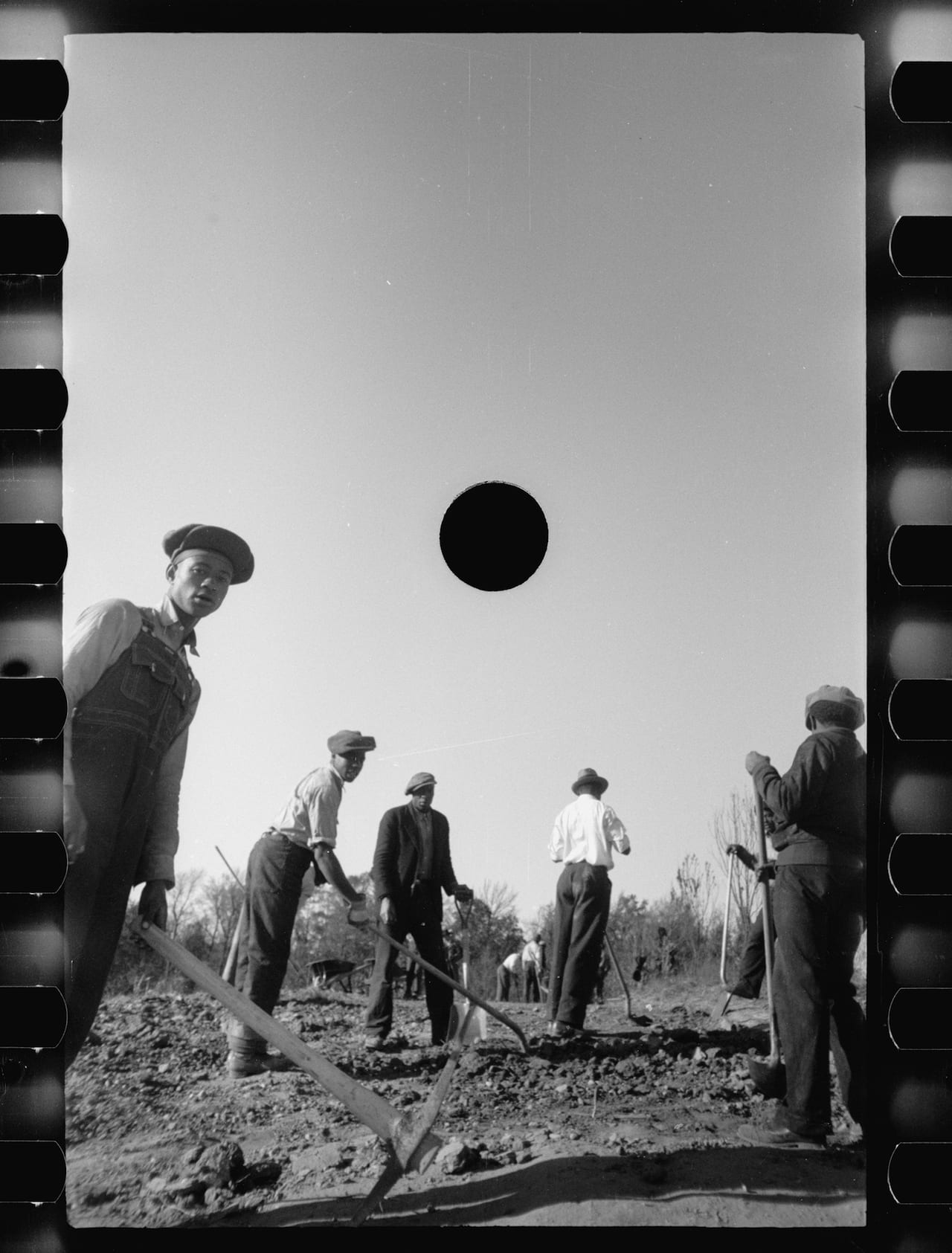“I’m one of those people who enjoy feeling like they have control over their life,” writes Mitch Epstein in Rocks and Clouds. “My house is spare and neat, my photographic expeditions are well-planned. Here’s the thing about clouds: they don’t give a damn if you planned well or not.”
Despite having spent years confronting the FBI as he shot power plants throughout America, and photographing his father as he faced the failure of his business, clouds ended up being one of Epstein’s trickier subjects. “I’m really just at the mercy of the unexpected and nature itself,” he says, adding that shooting clouds requires malleability and intuition – both of which are central to his practice.


